Top 10 Fuel Economy Myths
Top 10 Fuel Economy Myths
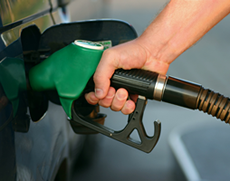
Improving gas mileage is a great way to save fuel and money. Plus, it's good for the environment! There are many different theories about how to improve your vehicle's fuel economy. However, some of these theories are actually incorrect. Do you know the truth about gas mileage? Check out these ten common misconceptions surrounding fuel economy.
1. Only small cars get good gas mileage. 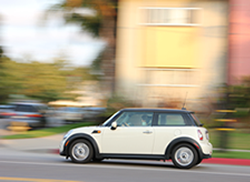
Good gas mileage is not exclusive to small cars. More than half of the 2017 top ten most efficient vehicles are actually midsized or large cars and wagons. Standard-size vehicles can be very efficient thanks to advanced technologies like diesel engines, turbocharging, low rolling resistance tires, advanced transmissions, and aerodynamic designs. Find a fuel efficient car that meets your driving needs.
2. Starting the engine uses more fuel than idling.
Modern fuel injected engines start very efficiently, especially when they are warmed up. Idling can consume as much as a half gallon of gas per hour. It is best to turn your engine off instead of idling, unless you are waiting in traffic or in a line, which would require you to frequently restart the vehicle.
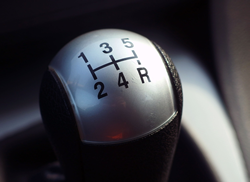 3. Manual transmissions get better fuel economy than automatics.
3. Manual transmissions get better fuel economy than automatics.
The efficiency of automatic transmissions has improved over time. Due to these advances, automatic vehicles often get the same or better fuel economy than their manual counterparts. Compare fuel economy for vehicles offered in both automatic and manual transmissions.
4. Using premium fuel improves gas mileage.
If your vehicle was not specifically designed for premium fuel, you will probably not receive any benefit from using premium fuel over regular. You may see a benefit if your vehicle knocks severely with regular fuel or is used in severe duty operation. Consult your vehicle's owner's manual to find out which type of fuel is recommended and under what conditions.
5. Vehicles need to warm up before driving. 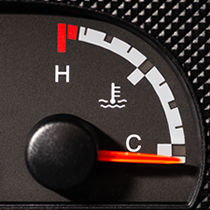
This is no longer the case. Modern vehicles can be driven just seconds after they are started. Driving is actually the quickest way to warm up your vehicle's engine! However, you should not subject your engine to extreme loads until it has reached a normal operating temperature. Find more information about warming up your vehicle.
6. Replacing the air filter will make your car run more efficiently.
Changing the air filter does increase efficiency for older vehicles with carbureted engines. However, modern engines have on-board computers that automatically adjust the fuel-air ratio to the proper level. While changing the air filter may not help with gas mileage, it can improve your engine's performance.
7. All vehicles are tested for fuel economy. 
Current regulations only require light-duty passenger vehicles with a gross vehicle weight rating (GVWR) up to 10,000 pounds and pickup trucks and cargo vans with a GVWR of 8,500 pounds or less to be tested for fuel economy. Several popular models of larger trucks exceed this weight limit, meaning they have no official fuel economy rating. Motorcycles and four wheel vehicles that are not legal for highway driving are also not tested by the EPA.
8. Fuel economy decreases significantly as a vehicle ages.
A vehicle's fuel economy typically improves over the first several years of ownership. With proper maintenance, a vehicle can retain this level of efficiency for many years. Vehicles that are 10 to 15 years old will not experience a significant decrease in fuel economy if they are properly maintained.
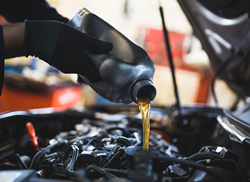 9. Aftermarket additives and devices can dramatically improve fuel economy.
9. Aftermarket additives and devices can dramatically improve fuel economy.
Tests have shown that most aftermarket additives and devices do not improve fuel economy. In many cases, these types of devices can damage your engine and increase tailpipe emissions. Get more information from the Federal Trade Commission.
10. The EPA fuel economy estimates are a government guarantee on what fuel economy each vehicle will deliver.
These estimates are not a guarantee. The EPA fuel economy estimates are intended to provide customers with a uniform, unbiased way of comparing the relative efficiency of vehicles. Although the EPA's tests reflect real-world driving conditions, there is no way to accurately model all conditions. Fuel economy can be affected by differing fuel blends, driving styles, and environments.
